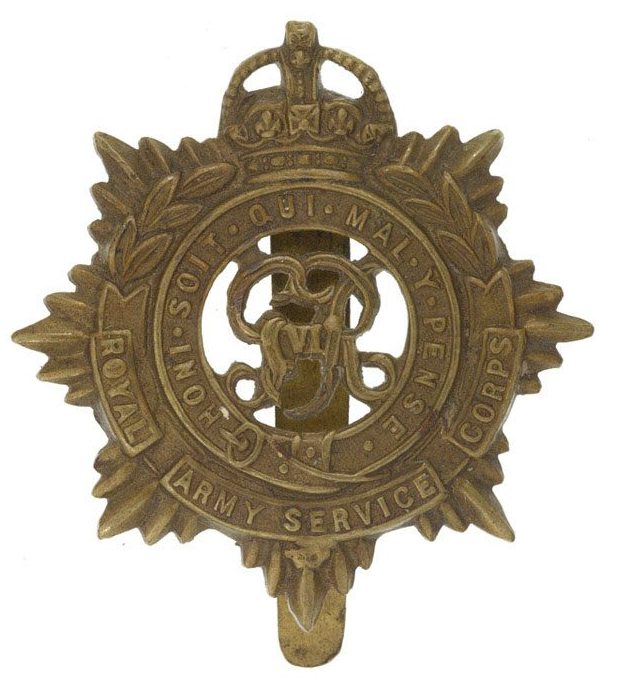Personal Details
Born: In 1873 in Balsall Heath, King’s Norton, Worcestershire.
Family: He was the second of four children born to William Harborne, a fruiterer, and his wife Mary. He married Mabel Ethel Brelsford on 8 June 1902 in King’s Norton parish church and together they had 4 children – Lizzie Sylvia, Mary Elsie, James William and Olive Margaret.
Residence: In 1881 the family were living at 18 Parker Street, Edgbaston, King’s Norton, Warwickshire; in 1901 he was boarding in Walker’s Heath, King’s Norton and by 1911, having married he was living with his wife and young family in Walkers Heath Road, King’s Norton. In 1919 he gave his address as 60 Chemistry, Whitchurch, Shropshire; this is his only residential link to Whitchurch. (Note that his mother-in-law was born in Whitchurch, two of his daughters were married in Whitchurch, his widow was living at 4 Princes Cottages, off High Street, Whitchurch in 1939 and she died and was buried in Whitchurch in 1952)
Employment: In 1901 he was a groom; in 1911 a coachman, the occupation he gave when he enlisted.
Died: In 1934 in Birmingham, Warwickshire.
Military Details
Regiment: Royal Army Service Corps
Rank: Private
Service Number: 130374
Date of Enlistment: 12 October 1915
Date of Discharge: 13 July 1919
Reason for Discharge: Demobilisation
William was awarded the Campaign Medals (British War Medal and Victory Medal).

The British War Medal (also known as 'Squeak') was a silver or bronze medal awarded to officers and men of the British and Imperial Forces who either entered a theatre of war or entered service overseas between 5th August 1914 and 11th November 1918 inclusive. This was later extended to services in Russia, Siberia and some other areas in 1919 and 1920. Approximately 6.5 million British War Medals were issued. Approximately 6.4 million of these were the silver versions of this medal. Around 110,000 of a bronze version were issued mainly to Chinese, Maltese and Indian Labour Corps. The front (obv or obverse) of the medal depicts the head of George V. The recipient's service number, rank, name and unit was impressed on the rim.
The Allied Victory Medal (also known as 'Wilfred') was issued by each of the allies. It was decided that each of the allies should each issue their own bronze victory medal with a similar design, similar equivalent wording and identical ribbon. The British medal was designed by W. McMillan. The front depicts a winged classical figure representing victory. Approximately 5.7 million victory medals were issued. Interestingly, eligibility for this medal was more restrictive and not everyone who received the British War Medal ('Squeak') also received the Victory Medal ('Wilfred'). However, in general, all recipients of 'Wilfred' also received 'Squeak' and all recipients of The 1914 Star or The 1914/1915 Star (also known as 'Pip') also received both 'Squeak' and 'Wilfred'. The recipient's service number, rank, name and unit was impressed on the rim.

